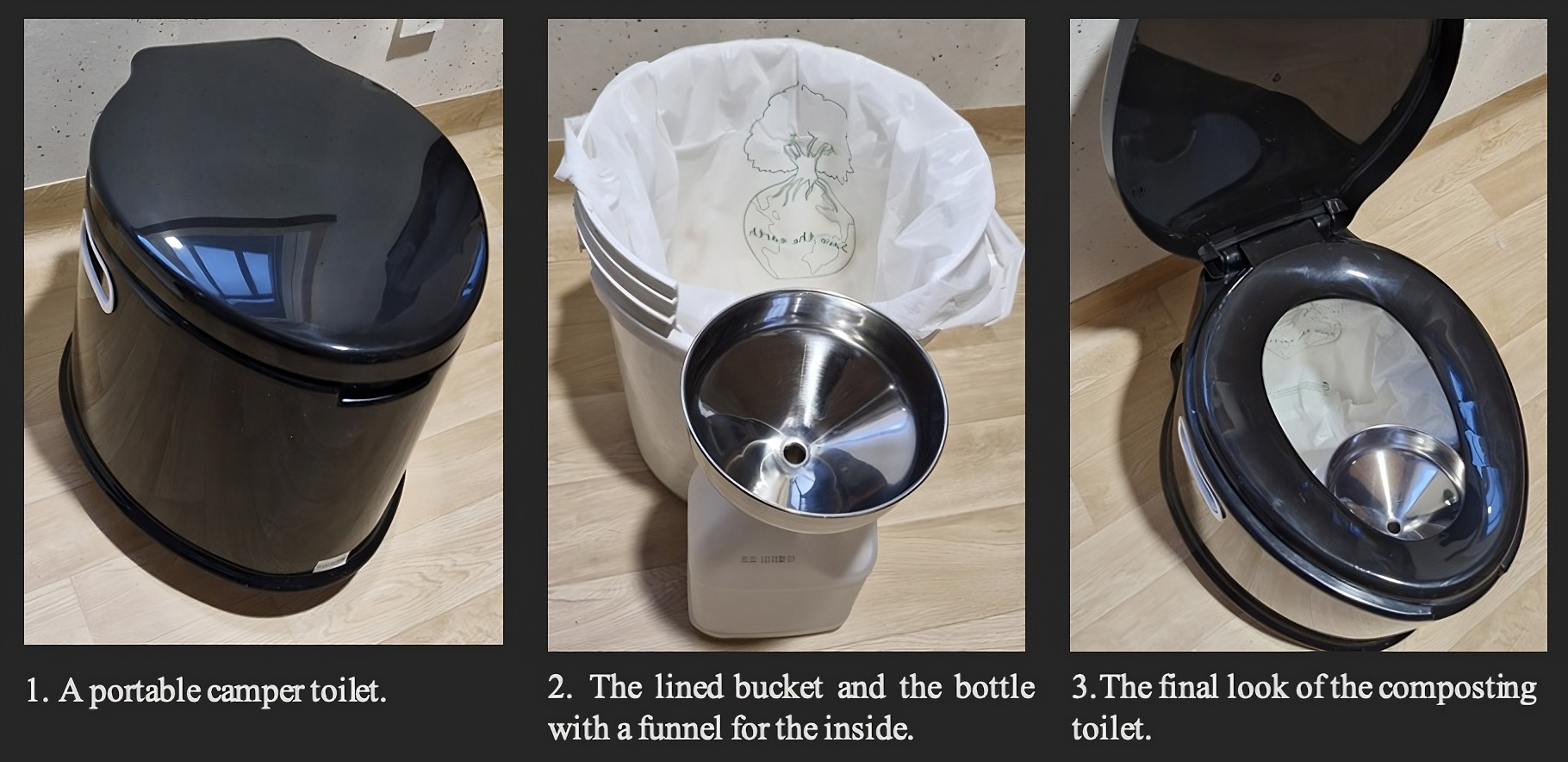How Languages Are (and Aren’t) Learned
By David Shaffer
Language learning methods are not always as effective as they might at first seem to be. Here we will take a somewhat deeper (though admittedly brief) look at some of the popular beliefs held by the general population about learning a second language.
The Sooner, the Better
This heading refers to children and suggests that the younger a child is when they begin to learn a second language, the better the results will be. This conclusion derives mainly from the observance of the seeming effortlessness with which toddlers acquire their first language – whether it be English or one of the other seven thousand languages spoken worldwide. However, we must consider that learning a second language, in many ways, is not like learning a first language (L1). Firstly, an infant is born with no language to rely on; the motivation to speak is, therefore, tremendous in order for them to communicate – crying has its limitations. Their acquisition of their L1 appears to be rapid, partly because they are super-motivated to have a language at their disposal and partly because they are surrounded by their L1 all day long and every day.
In contrast, in learning a second language (L2) in their L1 community, the need for the L2 is not nearly as great as it was for learning their L1, resulting in less motivation to learn the L2. Also, the hours of language contact and use for an instructed L2 per month are far fewer than for an L1. Therefore, learning an L2 is not nearly as easy as learning an L1. Adding to the difficulty is possible L1 interference in the L2 learning process. And on top of all this, the younger a child is, the longer it takes for a specific amount of learning to take place, making L2 learning more expensive the younger the child is.
Listen and Repeat
When I think of imitation in language, the image that comes to mind is that of a parrot repeating “Polly wanna cracker” after their pet owner. We can also observe that toddlers will use repetition in learning their L1. It was out of observations such as this that the audio-lingual method was developed for second language learning. One of the main elements of this method was listen-and-repeat drilling. The belief was that if learners were surrounded by only grammatically correct L2, they would not make mistakes. Therefore, students were expected to replicate exactly the grammatical prompt that they were given. After years of this method’s popularity, research showed that learners’ grammar proficiency did not improve. What the method lacked was language creativity. The learner was not creating and conveying a message. The method lacks meaningfulness. It is not even necessary to understand the drill prompt to imitate it. This does not, however, mean that the listen-and-repeat technique does not have a place within a broader set of teaching techniques; it has proved useful for pronunciation practice.
Perfect Pronunciation
Ask any English learner what their language learning goals are, and their reply will almost certainly include to have native-speaker pronunciation. Putting aside the task of determining just exactly what they mean by “native-speaker pronunciation,” in a context where the learner’s L1 sound system is so different as Korean is from English, attaining native-speaker pronunciation is an impossibility for most. Spending hours and hours on replicating the individual sounds and the individual words of English will have little effect on rendering a sentence such as “What do you want to do?” into colloquial English (“What dja wanna do?”). Perfect L2 pronunciation is an unrealistic goal. What teachers and students should aim for is intelligibility. Everyone, native and non-native speakers, speak English with a dialect of some sort. The goal of L2 English learners should be for their English to be intelligible to a broad group of English speakers – both native and non-native English speakers.
Error Correction
Again, ask any English learner about their error correction preferences, and they are most likely to want all of their mistakes corrected and to have them corrected immediately. This, however, is an unrealistic goal. To begin with, except for the most advanced learners, it would be impossible for the teacher to correct all grammar and pronunciation errors and still allow the learner to engage in a meaningful conversation. In addition, many learners who say they want their errors corrected immediately actually feel irritated if the teacher attempts such immediate error correction. Others don’t pay attention to the teacher’s corrections, being more intent in conveying their message than on perfection. Also, the amount of correction should be dependent on the type of activity. For fluency activities, little or no correction may be desirable; for accuracy activities more correction would be advisable. When to correct? This is dependent on a number of things. The teacher may decide to correct the student during their conversation (explicitly or implicitly), at the end of their dialogue, or at the end of the activity. In short, error correction should be selective and nonintrusive.
Content and Language
Why not combine the teaching of the L2 with that of subject matter, such as science, in the same course? In fact an entire teaching approach has been built upon this idea – content and language integrated learning (CLIL). This sounds quite practical, and in theory it is. However, in practice, it often runs into problems. In contexts such as Korea, where CLIL is implemented mostly at the university level, students are often not at the language proficiency level that the course is taught at. Instructors are often well versed in only one of the two areas required of them: EFL instruction or course content. The instructor’s language skills may also be problematic. Before a CLIL-type English-medium instructed course or curriculum is implemented, it should be confirmed that the required conditions are all met. Otherwise, teaching the content course and the EFL course separately, would be more effective.
Gwangju-Jeonnam KOTESOL
Upcoming Event
Monthly Chapter Workshops
- Date: July 13, 2024 (Saturday)
- Topic 1: New Perspectives, New Possibilities: Class Activities to Encourage Cosmopolitan Awareness
- Topic 2: Practical Techniques for Cultural Awareness
- Venue: Gwangju National University of Education
Check the chapter’s webpages and Facebook group periodically for updates on chapter events and additional in-person and online KOTESOL activities.
For full event details:
- Website: https://koreatesol.org/gwangju
- Facebook: Gwangju-Jeonnam KOTESOL



